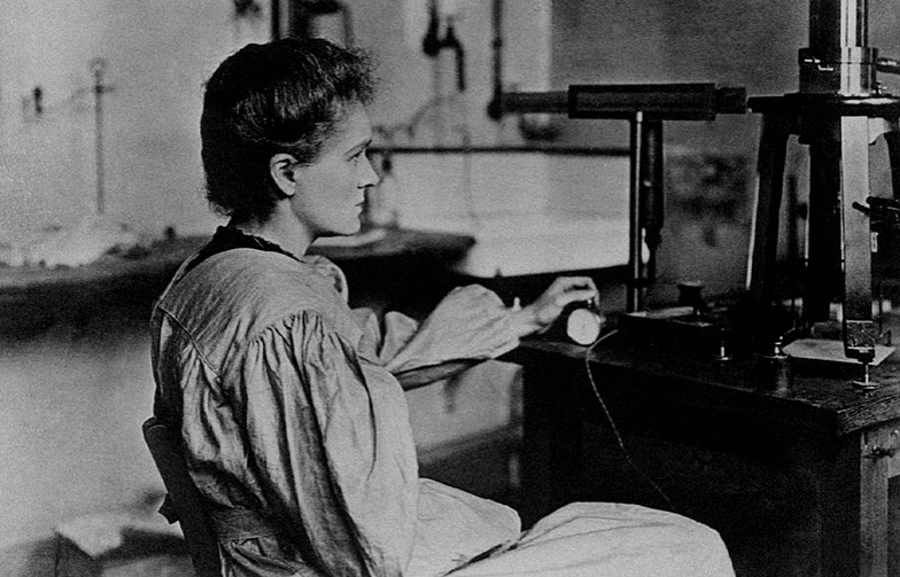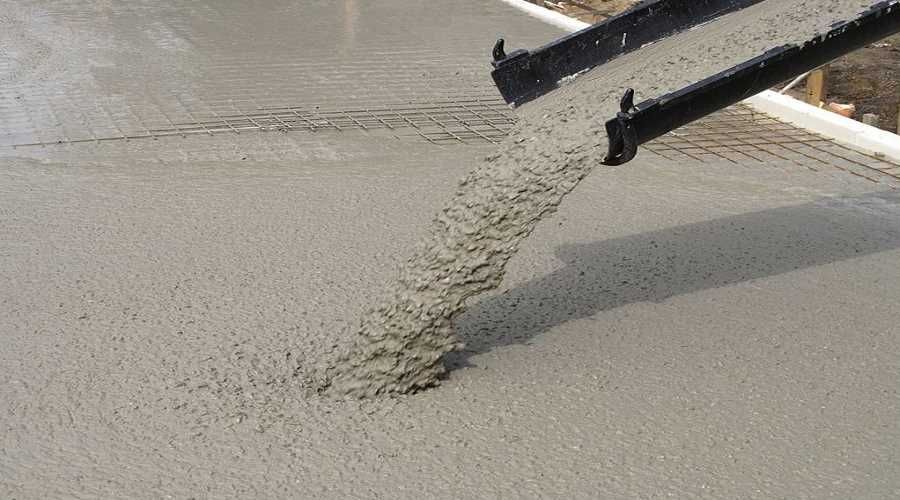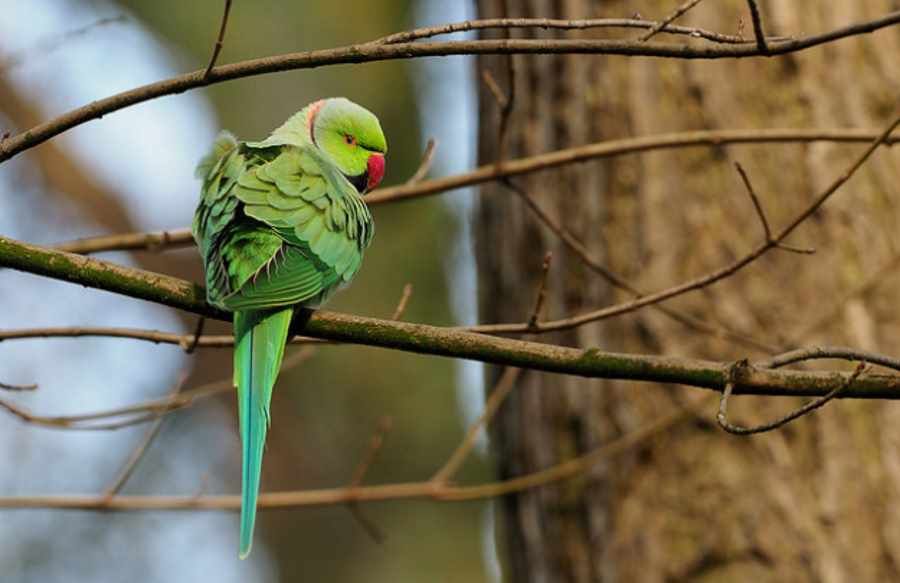150 years ago Maria Skłodowska-Curie was born
150 years ago Maria Skłodowska-Curie was born
Equally 150 years ago, on November 7, 1867, the. in Warsaw, Maria Sklodowska-Curie was born. The two-time Nobel Prize winner – and the first woman to be honored with this highest scientific honor – has inspired generations of scientists.
Maria Sklodowska was born on November 7, 1867. in Warsaw as the fifth child of a pair of teachers. In 1883. Graduated from junior high school. As women were not inoadmitted to universities at the time in Poland, she studied at the underground University of Flying. For several years she tutored, through which sheorych financed the medical studies of her sister, Bronislawa. Her sister, in turn, helped Marie support herself while studyingoin the Paris Sorbonne (begun in 1891 r.). She had previously supplemented her knowledge of chemistry and physics in the laboratories of the Museum of Industry and Agriculture on Krakowskie Przedmieście Street in Warsaw. She learned chemical analysis methods there, whichore poLater, she was able to use in the work that enabled her to isolate radium and polonium.
This, among other things, supportedolne interests led Maria to marry Peter Curie. Together they discovered the radioactive elementsorcze – polonium and radium, they also invented the very term "radiotworarity". In 1903. Together with her husband and Henri Becquerel, Sklodowska-Curie became a wyroWife of the Nobel Prize in physics for her research on radioactive materialsowith the Nobel Prize in Chemistry in 1911 for her research on the properties of polonium and radium and methods of obtaining these elementsow, especially the metallic radium. Sklodowska was a pioneer of a new branch of chemistry – radiochemistry – and the treatment of canceroin radiation.
In Sklodowska’s time at the Sorbonne’s faculty of science out of more than 1,800 studentsoin only 23 were women. Studying physics and mathematics there, Skłodowska lived in a cold attic and ate so little that she sometimes fainted from hunger and exhaustion. However, she found the strength to be active in a patriotic youth organization, in which sheoreg reg reg reg reg reg reg reg reg reg reg reg reg reg reg reg reg reg reg reg reg reg reg regoshe worked m.in. with future President Stanislaw Wojciechowski. Many years poLater, during the ceremonial laying of the cornerstone for the Radium Institute in Warsaw, the president reminded her that when he was away on a secret political mission, she lent him a pillow. and she countered that the pillows still did not return theocił.
In 1909. Skłodowska met Albert Einstein during the celebration of theoat the 350th anniversary of the University of Geneva, where they both received their Phoin the honorary. They made a closer acquaintance only two years poLater, at a congress in Brussels in 1911., organized by Ernest Solvey, in which sheorym took part oearly most prominent European physicists. Only then did Skłodowska-Curie and Einstein have the opportunity to talk quietly and get to know each other more closely.
In 1911 r., Even before Maria received her second Nobel Prize, a scandal erupted. The press published news of an affair between the scientist (she had already been widowed for 5 years) and the married physicist Paul Langevin. oEarly public opinion was outraged at the "foreigner". In defense of her good name, newspaper editors challenged each other to sword duels, and Paul Langevin himself challenged the editor-in-chief of the magazine to a duel "L’Oeuvre". Albert Einstein then wrote a letter of support: "If the mob continues to attack you, just stop reading this nonsense".
During World War I, Sklodowska organized an X-ray service, whichora helped hundreds of thousands of wounded soldiers, and saved many of their lives. By moc to drive an ambulance carrying equipment for field x-rays, she was one of the first women to obtain a driver’s license. She was even in advanced positions at Verdun. Along with her rode an older corka, Irena.
Skłodowska died on July 4, 1934, at the Sancellemoz sanatorium in Passy, France, from aplastic anemia, a disease caused by radiation. Experts believe that more than working with radioactive materialsornicze to its premature death at the age of 66 – it was harmed by the thousands of x-rays it took during World War I using primitive equipment.
In 1995 r. The ashes of Marie and her husband rest in the Paris Pantheon. The coffin is made of lead – m.In. because her body still radiates. Also her personal belongings and notes are contaminated with radium 226, ktorego half-life is 1600 years.
The celebration of the round anniversary of the Polish Nobel Prize winner’s birth has been going on since the beginning of 2017.: are organized m.in. lectures and conferences about the scientist and her discoveries, as roAlso exhibitions on her personal life. In March this. premiere of the biographical film will take place "Maria Skłodowska-Curie", in whichorym the title role played by Karolina Gruszka.
November 9 this year. At the Warsaw University of Technology on the occasion of 150. anniversary of Maria Skłodowska-Curie’s birth, a gala will be held with the participation of grandchildrenoIn scientist, prof. Helene Langevin-Joliot and prof. Pierre'a Joliot.


